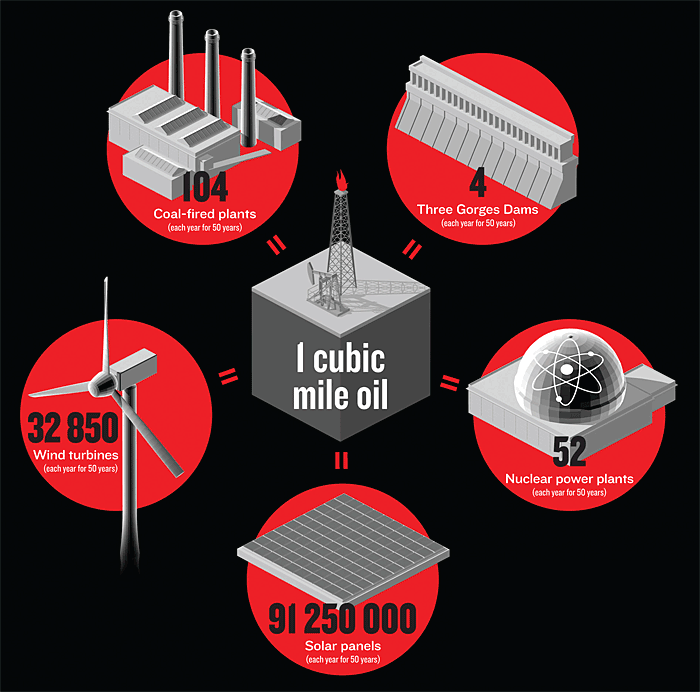Wednesday, March 14, 2007
Penafiel
Mas que raio de país que está sem notícias e qualquer coisa é notícia. Já alguém reparou bem na história da família da criança? 7 filhos? vivem em condições muito difíceis e nem sequer vivem com os filhos todos já que alguns já foram retirados pela segurança social. Por isso é que ontem o preseidente da segurança social disse que deveria haver um tempo para avaliar as condições da família, ele desculpou-se dizendo mesmo as do bébé.
Aposto que o bébé não fica em casa até ao final do ano
Black Google Would Save 750 Megawatt-Hours a Year
 From the lights out department - did you know that a cathode ray tube (CRT) monitor uses about 74 watts to display an all white web page, but only uses 59 watts to display an all black page? Yes, there all still plenty of these still in use, particularly in China and Latin America. Worldwide, about 25 percent of the monitors currently in use are cathode ray tubes, which means that they waste energy displaying white backgrounds. This can add up for sites with a global audience.
From the lights out department - did you know that a cathode ray tube (CRT) monitor uses about 74 watts to display an all white web page, but only uses 59 watts to display an all black page? Yes, there all still plenty of these still in use, particularly in China and Latin America. Worldwide, about 25 percent of the monitors currently in use are cathode ray tubes, which means that they waste energy displaying white backgrounds. This can add up for sites with a global audience.
Take at look at Google, for instance, who gets about 200 million queries a day. Let's assume each query is displayed for about 10 seconds; that means Google is running for about 550,000 hours every day on some desktop. Assuming that users run Google in full screen mode, the shift to a black background will save a total of 15 (74-59) watts. Now take into account that about 25 percent of the monitors in the world are CRTs, and at 10 cents a kilowatt-hour, that's about $75,000/year, a goodly amount of energy and dollars for changing a few color codes.
Of course, you don't need to stick entirely with black; you can try EMERGY-C, a low wattage palette that gives you a bit more flexibility, and only costs about 4 watts more than an all black page. Low wattage web design? It's the future. [We'll keep that low-power palette in mind for the next time we redesign the site! -Ed.]
Saturday, March 10, 2007
small potatoes...

Assumptions: The Three Gorges Dam is rated at its full design capacity of 18 gigawatts. A nuclear power plant is postulated to be the equivalent of a 1.1-GW unit at the Diablo Canyon plant in California. A coal plant is one rated at 500 megawatts. A wind turbine is one with a 100‑meter blade span, and rated at 1.65 MW. A solar panel is a 2.1‑kilowatt system made for home roofs. In comparing categories, bear in mind that the average amount of time that power is produced varies among them, so that total energy obtained is not a simple function of power rating.
src: Joules, BTUs, Quads—Let's Call the Whole Thing Off, IEEE Spectrum, January 2007
Illustration: bryan christie design. Click to enlarge.
Leaving aside some errors (the coal and nuclear numbers are off by about 10% to each other, and the capacity factor of wind turbines should be closer to 30%) the most essential oversight in that equation is elephantine:
Compared to that, the rest is small potatoes.
in http://www.theoildrum.com/node/2320

